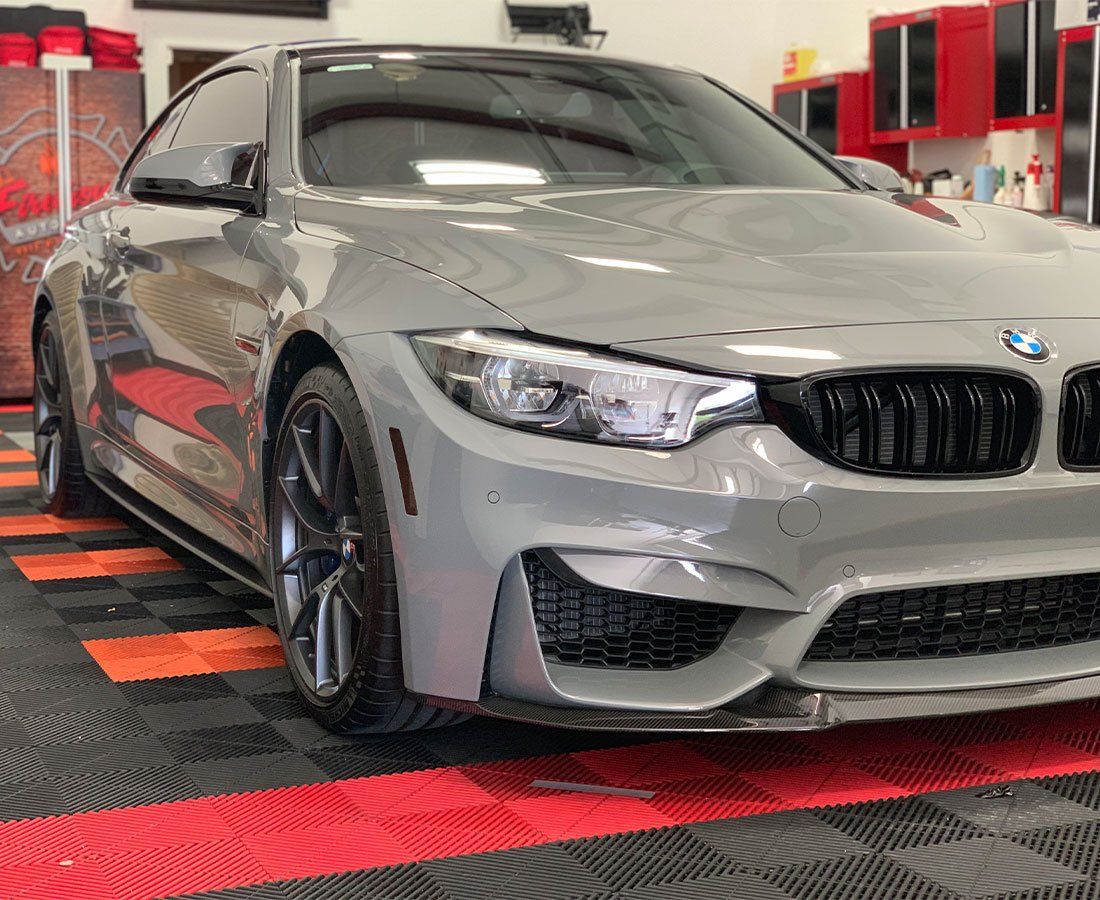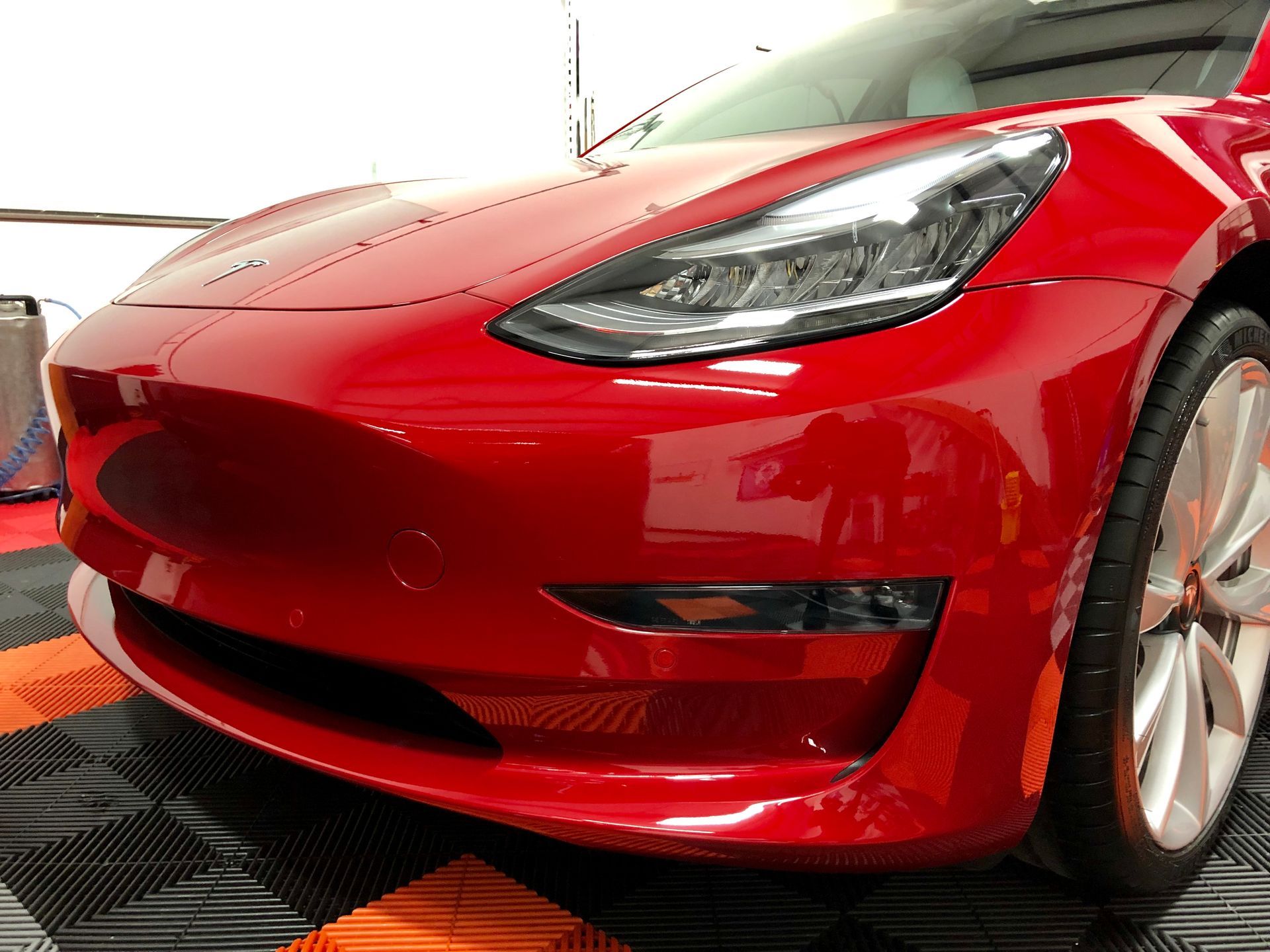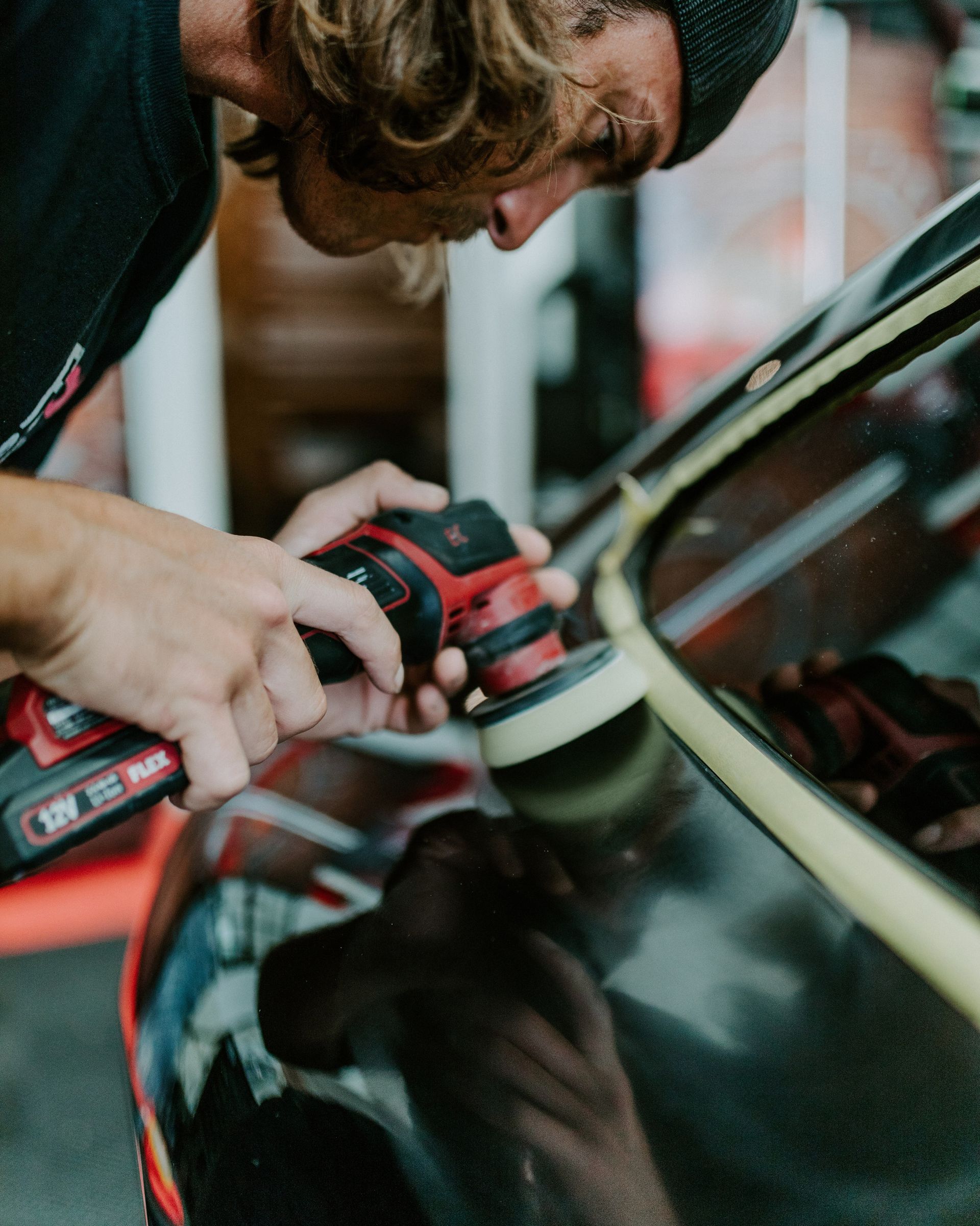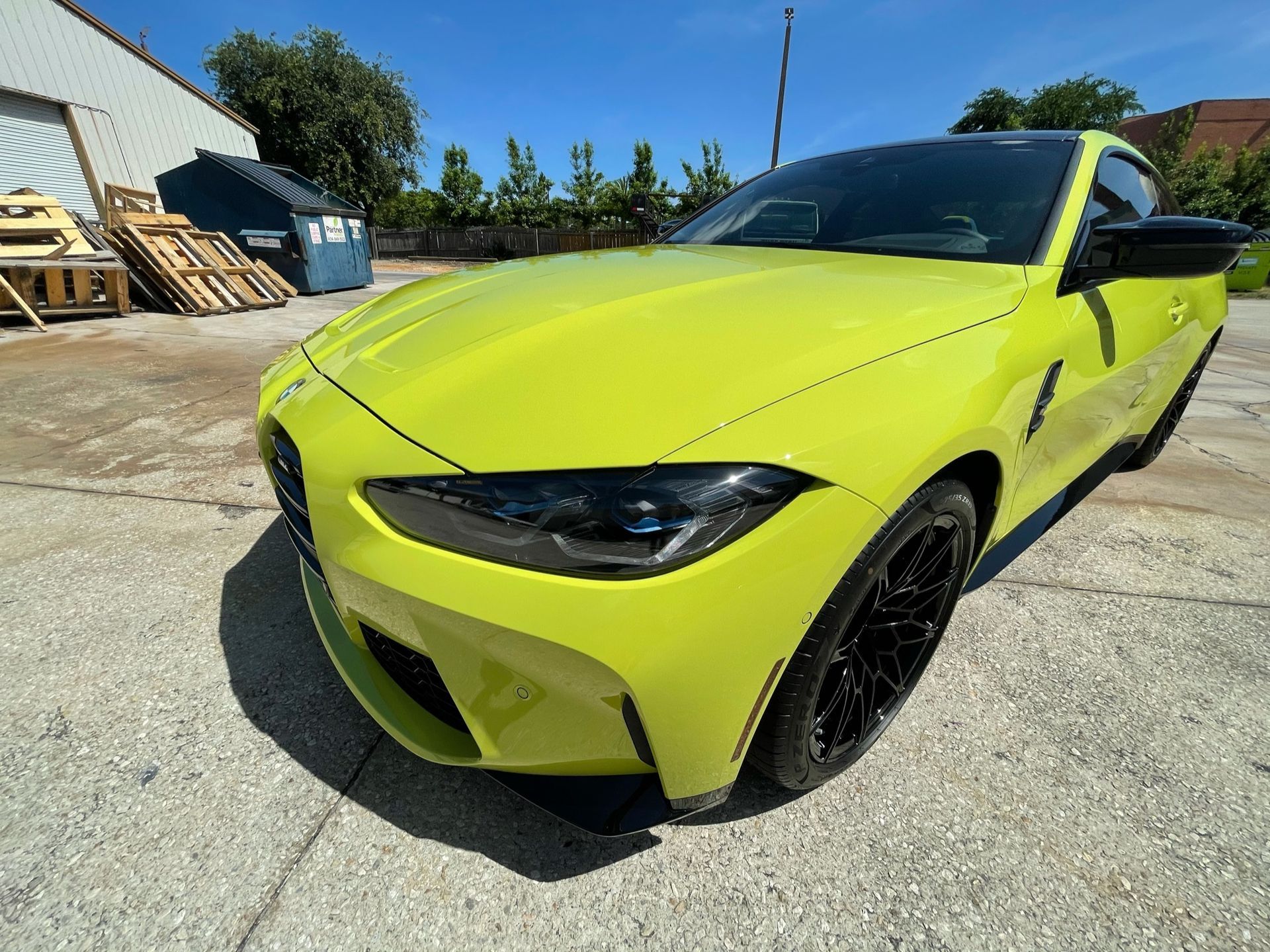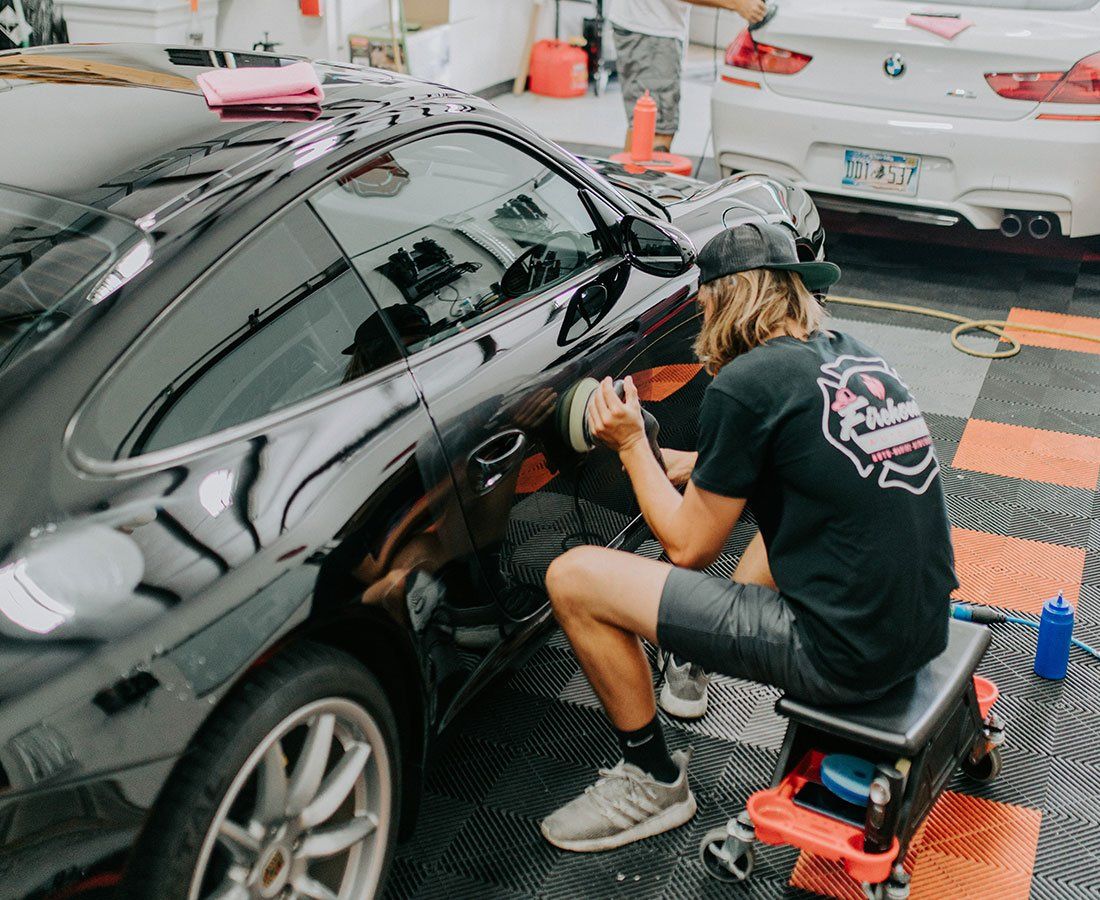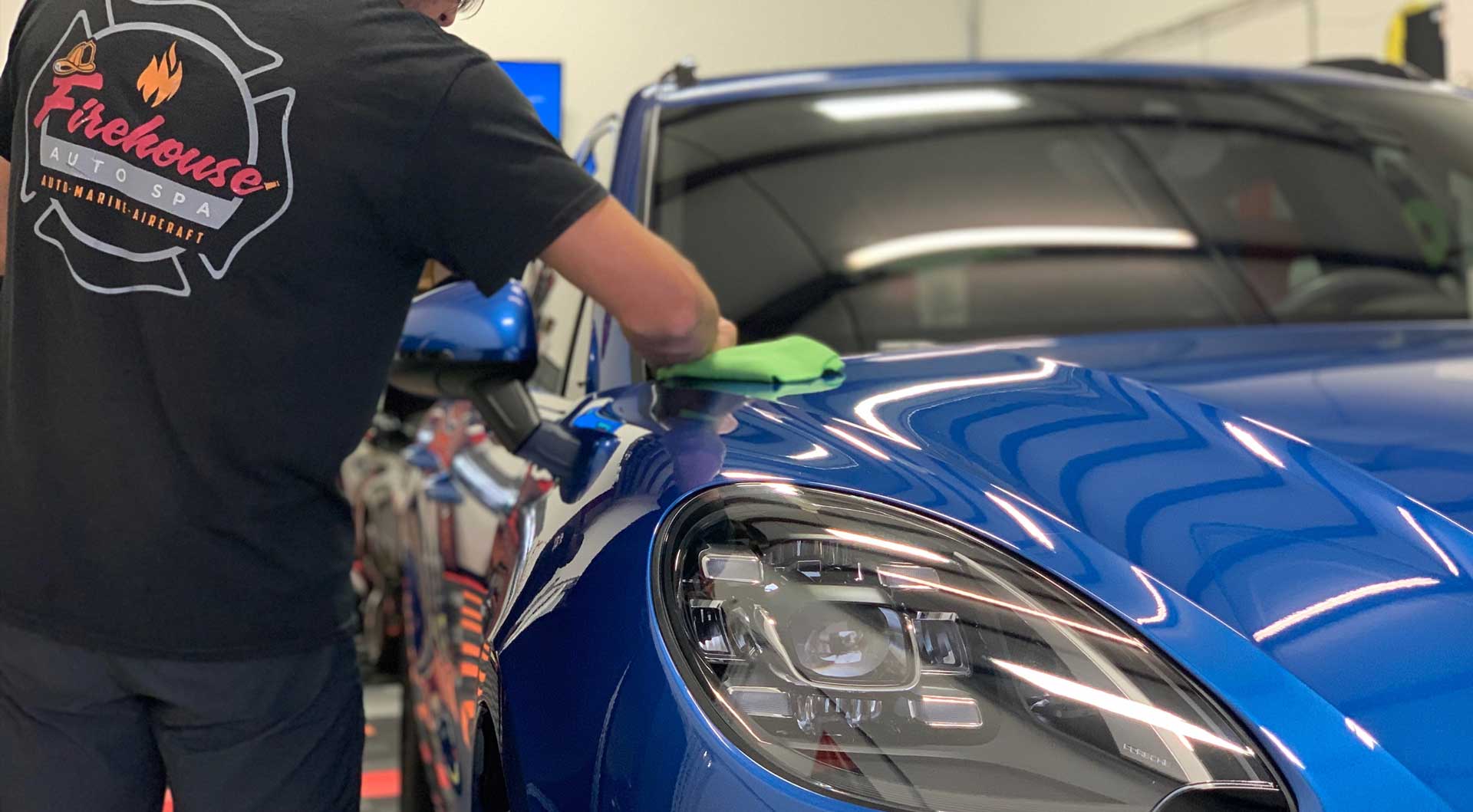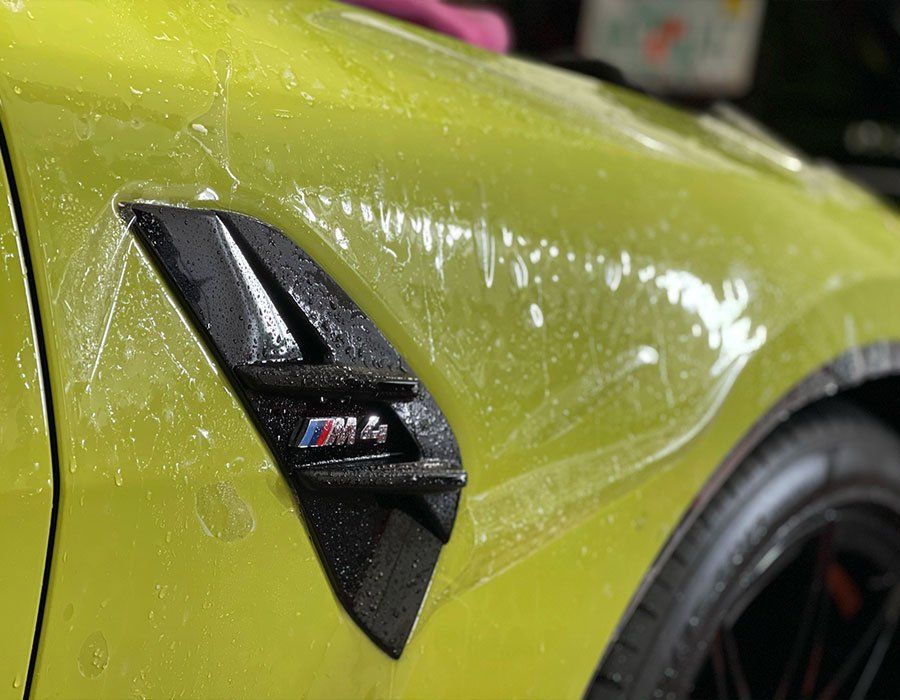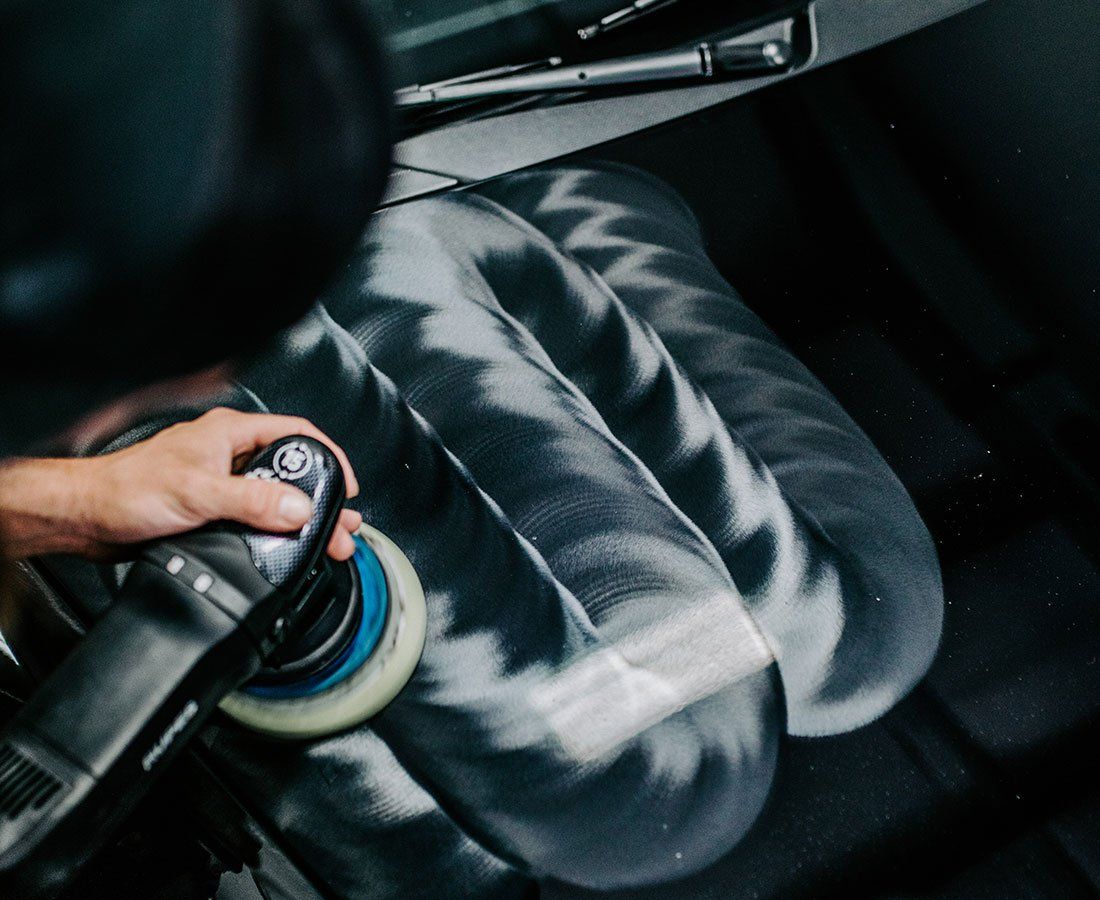Vehicle Coating: Protects From Florida's Sun and Salt Air for Lasting Durability
If you’ve ever watched the vibrant colors of a sunset over Florida's beaches wash away like a paintbrush on a canvas, you know how harsh the climate can be. The sun blazes down, and the salty air from the coast seems to seep into every crevice of your vehicle, ready to cause damage. It's not just about looking good; protecting your car is crucial if you want it to last. In Florida, where the elements are as relentless as they are beautiful, investing in a high-quality vehicle coating becomes an essential part of car ownership. Whether you drive a shiny new sedan or an adventurous SUV, safeguarding your investment with the right protective measures will shield it from fading and corrosion while keeping it looking fresh for years to come.
A high-quality coating acts as a protective barrier against UV rays and the corrosive effects of salt air, thereby preserving your vehicle's paint and structural integrity. By using specialized ceramic or polymer coatings, you can significantly extend the life of your vehicle's exterior while maintaining its appearance despite Florida's challenging climate.
Why Extra Protection is Essential in Florida
The first aspect to consider is the sun. Florida's intense sunlight can wreak havoc on your vehicle’s exterior, peeling away protective layers of paint and leaving the metal vulnerable. Over time, this causes unpleasant fading and oxidation that can age your car prematurely. Think about a bright red sports car turned into a dull pinkish hue after years of neglect under the relentless sun. Investing in ceramic coatings or wax treatments can provide a formidable barrier against UV rays. Equally concerning is the salty air found near coastal regions. Salt can accumulate on your vehicle's surface and, if left unaddressed, lead to corrosion forming in even the tiniest crevices. Such corrosion is not just an aesthetic issue; it can affect the integrity of your vehicle's structure over time. Identifying this corrosive threat early is crucial. Regular washing with fresh water, especially after returning from beach trips, can be an inexpensive yet effective way to protect your vehicle.
The combination of UV degradation and salt exposure poses a significant threat to any vehicle, necessitating immediate attention from car owners. Oftentimes, people assume that standard maintenance will suffice, but this isn't the case in Florida's unique environment. Additional measures such as applying anti-corrosion sprays or sealants during routine checks will save you money on costly repairs down the road. Generally, consider protective measures as an investment. The upfront costs may seem daunting, but they outweigh potential damages and necessary future repairs significantly. Taking proactive steps now will ensure not just survival but thriving health for your vehicle amidst the high UV exposure and salt-laden winds typical of this beautiful state.
Sunshine and Salt Air: The Double Threat
Florida's relentless sunshine not only brightens our days but also erodes the health of our vehicles. UV rays from the sun break down the chemical bonds that keep car paint intact. This degradation leads to fading and oxidation, resulting in a dull, chalky appearance that can diminish your vehicle’s value over time. You see, the paint isn’t just about aesthetics; it protects your car from harsher elements beneath, such as metal surfaces that are otherwise directly exposed to air and moisture. Prolonged UV exposure can reduce paint durability. That’s a staggering statistic that should have any car owner thinking seriously about how they protect their vehicle from the sun's wrath.
But the challenges don’t stop there. Living near the coast brings another formidable adversary: salt air. The salt in ocean breezes doesn’t merely hang in the air; it actively seeks out metal surfaces, initiating a chemical reaction that can lead to corrosion. When this salt combines with high humidity levels typical of coastal areas, it accelerates the rusting process immensely. In fact, some drivers may be shocked to learn that cars stationed in coastal regions have been found to show signs of accelerated rusting on their undersides within just a few years compared to those parked further inland.
This double threat of sun and salt means you can't afford to neglect vehicle maintenance if you want your car to look good and last long. One actionable step involves regularly washing your vehicle not just with water but with mild detergents designed to remove both dirt and corrosive salts. Consider applying a coating designed for marine environments, which provides an extra layer against aggressive elements. Whether you choose wax or ceramic coatings, ensuring your vehicle is equipped with superior protection becomes paramount for prolonging its lifespan against Florida's unique climate challenges. With these pressing threats highlighted, it's worth thinking about various protective solutions that can effectively shield your car from such harsh conditions while ensuring its longevity and appearance remain intact.
Types of Coatings: Natural vs. Synthetic
When it comes to protecting your vehicle from Florida's relentless sun and salty air, two primary categories of coatings are available: natural and synthetic. Natural coatings come from plants and can provide a beautiful shine but often require more frequent applications to maintain their protective qualities. The Carnauba palm tree, which produces this wax, thrives in Brazil and is revered for its ability to result in a rich, glossy finish that many car owners appreciate. However, under the harsh Florida conditions—where UV rays can degrade any finish—this glossy allure may need touch-ups every month or so. This time-consuming upkeep can be a deterring factor for those who want long-lasting solutions. Conversely, synthetic coatings have gained immense popularity due to their durability and ease of maintenance. These coatings include various products such as sealants and advanced ceramic coatings. Sealants, made from durable polymers, bond with your vehicle’s paint and act as a barrier against environmental contaminants. They generally deliver six months to a year of protection, allowing for decent longevity without constant application.
Moving on to ceramic coatings, these offer an even more robust defense against damage. Ceramic coatings consist of silicon dioxide and are engineered to form a semi-permanent bond with the vehicle surface. This bond creates an ultra-durable shield that repels water, dirt, and other harmful elements effectively. Not only does this result in years of lasting protection—sometimes over five years—but it also requires less frequent maintenance compared to traditional waxing methods. The initial investment might be higher, yet many enthusiasts consider it worthwhile due to reduced long-term care costs. While some car aficionados swear by the unmatched depth and warmth that natural wax offers, they must weigh that against the superior protection that synthetic options provide against Florida’s harsh climate. Those prioritizing aesthetics may gravitate toward Carnauba wax for its beautiful sheen, but anyone concerned about protecting their investment will likely lean toward synthetic alternatives due to their robust durability.
Benefits of UV and Salt Resistance
UV and salt resistance offers significant benefits. One of the most significant advantages of UV and salt resistance is longevity. A strong coating helps shield your car’s exterior from destructive UV radiation and corrosive salt air, significantly prolonging its lifespan. In fact, studies reveal that UV-resistant coatings can reduce paint degradation, meaning your car will retain its color and shine for years to come. Those same coatings designed to resist salt can protect metal components as well, reducing corrosion and prolonging the life of undercarriages.
And speaking of appearances, let's talk about how these effective coatings can impact your vehicle’s overall value. Investing in UV and salt-resistant coatings also has a direct effect on resale value. When potential buyers see a vehicle maintained in pristine condition, they are often willing to pay more. A well-preserved exterior—thanks to these protective layers—not only looks appealing but also signals to prospective buyers that you’ve taken good care of your vehicle. Applying the right coatings isn’t just an expense; it's an investment that pays off when it’s time to sell or trade in. But beyond value, let’s dive deeper into another essential aspect: cost savings. Regular repairs and repainting can take a toll on your wallet over time. Coatings that resist UV rays and salt mean you won’t have to worry about frequent fixes or touch-ups. This reduction in maintenance translates directly into cost savings over the lifespan of your car. Imagine cutting down on those expenses by shielding your vehicle from external wear and tear. Skipping those costly repairs allows you to allocate funds toward other meaningful pursuits or perhaps even upgrades for your ride down the line.
The numerous benefits provided by UV and salt-resistant coatings not only enhance the longevity and value of your vehicle but also contribute to significant cost savings over time. With all this in mind, it becomes essential to understand how to apply these protective layers effectively for the best results.
How to Apply a Protective Coating
First and foremost, preparation is essential. Take the time to thoroughly wash and dry your vehicle, as any dirt or contaminants can compromise the adhesion of the coating. A clean surface ensures that you're directly applying the coating to the paint rather than any impurities that can create barriers. Consider using a clay bar during this phase; it’s like giving your vehicle a spa day! A clay bar lifts embedded particles from the surface, leaving it smooth and ready for treatment. Once you've prepped your vehicle to perfection, it's time for the application process. Always choose a shaded area for this step, as applying coatings in direct sunlight can lead to uneven results. If you’re using wax, grab a foam applicator pad and work on small sections of your vehicle at a time. This method allows you to maintain control and avoid missing spots. Apply the wax evenly and let it haze over. After about ten minutes—or according to product instructions—use a microfiber cloth to buff it out. You want to see a clear gloss and reflection when you're done.
For synthetic coatings like sealants or ceramic products, follow the product instructions closely since they can vary by brand. Many synthetic options simply require a wipe-on, wipe-off method: apply with an applicator, allow it to bond briefly, then wipe off any excess with a clean cloth. Be diligent about this step; if left too long, some coatings may become challenging to remove. After application comes curing, which is critical to making sure that the protective layer properly bonds with your car’s paint. The curing time depends on the type of coating you're using; ceramic coatings often require up to 48 hours for full bonding. During this period, it's best not to expose your vehicle to water or any harsh elements. It might feel like an eternity, but just think of it as letting your car take a well-deserved rest after its makeover. Taking care during each phase—preparation, application, and curing—not only enhances the aesthetic appeal of your vehicle but also significantly boosts its resilience against Florida's sun and salt air.
Tips for Maintaining Long-Lasting Protection
Keeping your car's protective coating effective is akin to nurturing a plant; it needs the right kind of care and attention to thrive. One important aspect to consider is the use of a pH-balanced shampoo during your washes. Most conventional soaps can strip away the protective layer, leaving your car vulnerable to damage from the sun and salt air—a double whammy here in Florida. Using a gentle shampoo specifically designed for automotive finishes cleans your vehicle and ensures that the integrity of the coating is preserved. Furthermore, while touchless car washes are convenient, they can sometimes be deceptive. It's essential to read the label of any cleaning product they use, as some may contain harsh chemicals that could compromise ceramic coatings.
Always opt for gentle methods when washing your vehicle: think soft microfiber cloths and forgiving techniques. This way, you avoid unwanted micro-scratches that can mar a beautiful finish. Monitoring the condition of your vehicle's coating is essential. Regular inspections every couple of months can help spot early signs of wear before they develop into significant issues. During these inspections, look closely at areas where grime tends to gather—underneath wheel arches and around door seals often tell you more than you might expect about the health of your protective layer. If needed, reapply a fresh layer of wax or sealant every three to six months. This restores shine and fortifies protection against elements like UV rays and corrosive salt air that permeate Florida's environment.
Emphasizing details like waxing or sealing your vehicle in shaded areas prevents premature curing, which could render these products less effective. Plus, never underestimate the value of a monthly undercarriage rinse, especially when sand and salt have been waging war on your vehicle—the underside often gets neglected, but it deserves just as much love. Through consistent upkeep practices tailored toward Florida's unique conditions, you can ensure your protective coatings do their job beautifully while giving you peace of mind. In maintaining your vehicle’s protective coating, remember that diligence pays off. By following proper care techniques, you can significantly prolong your vehicle's life and appearance amidst Florida's challenging environment.
Top-Notch Ceramic Coating Solutions in Jacksonville, FL
Jacksonville’s climate can be tough on your vehicle’s paint, but Firehouse Auto Spa offers a solution that keeps your car looking its best year-round. Our
professional ceramic coating services deliver long-lasting protection against UV rays, rain, road grime, and everyday wear—while giving your paint a deep, eye-catching gloss. Applied by experienced technicians using premium-grade products, this coating forms a durable shield that makes washing easier and helps preserve your car’s finish for years.
Schedule your ceramic coating appointment today and experience the lasting benefits of expert protection.




